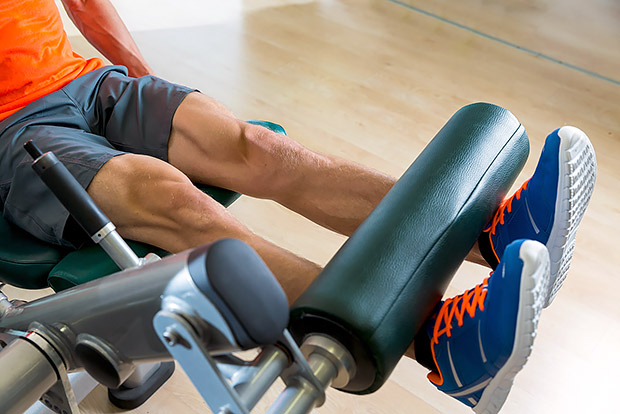
Our understanding of exercise is constantly evolving as new research emerges. It’s important to stay up to date on the most effective moves so that you can eliminate unsafe or ineffective exercises.
Leg Extensions
The leg extension strengthens the quadriceps in the front of the upper thigh. Certified fitness trainers surveyed by the American Council on Exercise now believe this machine may not be a smart option for building lower body strength. The exercise requires that you are seated with your lower leg under a padded lever. Raising the leg to straighten it, you work the upper thighs by lifting the lever and the weight stack. This is an unnatural weight-lifting position that doesn't relate to functional fitness. The motion also puts added stress on the knee joint. Choose multi-joint moves like lunges and squats to train the quadriceps.
Lat Pull-Down Behind the Neck
The lat pull-down works the muscles of the upper back. It is typically performed by pulling the bar down behind the head to the base of the neck or to chest level in the front of the body. There is now proof that a lat pull-down to the front may be both safer and more effective. Pulling the bar behind the head requires flexibility in the shoulder that many people lack, putting you at risk for rotator cuff injury. This movement also makes it difficult to keep the spine aligned, and banging the bar at the base of the neck could injure vertebrae. Choose a safer movement and use a wide grip to pull the bar towards your chest as you lean back slightly, contract the abdominals, and move the shoulder blades together and down.
Slouching on Cardio Equipment
Railings and handles on cardio equipment make it easy to relax your form. You might slouch over the handles while reading a magazine or watching television. When you use these safety features to absorb too much of your weight, you take the stress off of working muscles and make your workout less effective. Slouching could contribute to neck, shoulder, and back pain. Stand up straight and use railings only to help balance when needed, not to support your weight.
Sources



 5 Ways to Burn 300 Calories this Weekend
5 Ways to Burn 300 Calories this Weekend
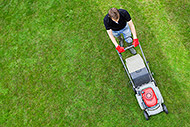 The Best Home and Garden Chores for Burning Calories
The Best Home and Garden Chores for Burning Calories
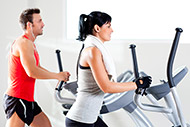 5 Tips for Making Exercise a Habit
5 Tips for Making Exercise a Habit
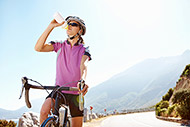 Best Ways to Stay Safe during Exercise in Hot Weather
Best Ways to Stay Safe during Exercise in Hot Weather
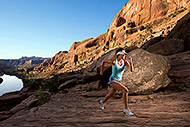 11 Tips for Exercise Motivation
11 Tips for Exercise Motivation
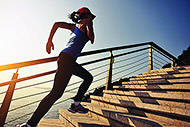 Signs You Need to Increase Exercise Intensity
Signs You Need to Increase Exercise Intensity
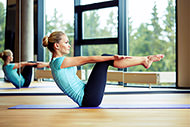 Common Exercise Myths
Common Exercise Myths
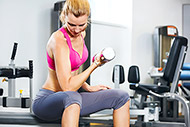 How to Gradually Increase Physical Activity
How to Gradually Increase Physical Activity

 Pinterest
Pinterest RSS Feed
RSS Feed